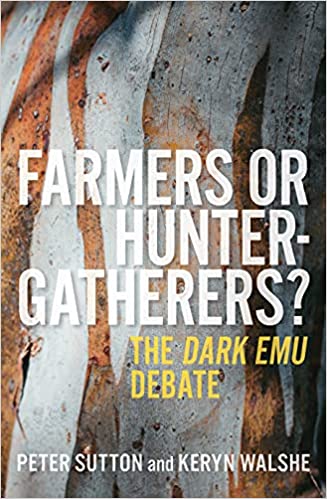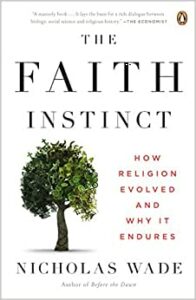Critique of the Gospel History of the Synoptics
by Bruno Bauer
Volume 2
—o0o—
154
§ 42.
Period of Rest.
1. The Miracle.
We have earned it honestly, and we certainly do not do it out of laziness when we take a moment of rest. But we must rest, and at this point, we want to take a breath, let our minds recover, collect ourselves, and before we move on, take another look at the path we have traveled. Ah, how it drove us in all directions, how we were suddenly hurled from the farthest point to the other, what all of that buzzed and teased us! Now, after we have pretty much extricated ourselves from this ghostly throng and calmed and ordered the elements that were so wild around us by bringing them back to their home in the world of self-consciousness, in their home, where they became a peaceful object of contemplation and regained their original determinacy, now we want to protect ourselves against a ghost or rather just state that this ghost, which could still be sent our way, cannot harm us anymore, for the simple reason that it does not exist for us.
155
It cannot be avoided and is inherent to the matter: the more the criticism is perfected, made into pure self-consciousness and rediscovers and conquers the original world of self-consciousness, the more the apologetics must lose importance and power, since its essential content is taken away from it, it must fall into the most terrible bondage of the letter, and if it wants to assert and complete itself against criticism, it must complete itself into the pure category of limitation and stupidity. One will certainly not accuse us of having denied the historical credibility of the reports we have considered so far for dogmatic reasons, for example because they are miracle stories: on the contrary, far from all a priori argumentation, we have dissolved the letter through its own determinateness and can only no longer accept miracles because we no longer have miracle reports. If now apologetics wants to complete itself to an equal purity and simplicity (not of self-consciousness, for it cannot assume its form, but of the sensory and interested consciousness), it must reverse the matter, completely establish the inverted world of its spiritlessness, and pointing to the letter, assert that the gospel story is a story of miracles because it is written that way.
In recent times, the apologists have already admitted to this crudeness of the sensory consciousness, but it will not help them, since we have come before them with greater audacity, having thrown ourselves ruthlessly and without dogmatic support into the letter and its prison in order to dissolve it through the pure power of self-consciousness, that is, through the same power that has set the letter and to let it speak as a witness to the infinite freedom of the spirit. It has spoken, it has freed us ourselves and as the recognized letter it is the charter of our freedom, the diploma that the apologists must first falsify and twist with pitiful lawyerly cunning if they want to rob us of our freedom in this area—at least here, for elsewhere they cannot even speak. In gratitude for the fact that the letter has spoken for our freedom, we—or rather, this is one and the same thing and is an act of emancipation—have freed it and secured it against the sneaky tricks of the apologists. It cannot be twisted anymore—or the theologian would have to resort to open lies—for it now lives its eternal, blissful life in the world of self-consciousness, after it has suffered under the hands of the apologists, it has risen, and with it, in the same world, the gospel story of miracles has risen to a new life. This story still exists, but—as a story of self-consciousness and indeed as a necessary story.
156
It is not the place here to elaborate at length that the pagan did not know the belief in miracles because he had not yet objectified the universality of self-consciousness in the thought of the divine, and therefore could not set the special powers of the spirit, which he worshiped as deities, in collision with the general power of nature. Only the Hebrew could grasp the pure idea of the miracle, for the One, the Universal, whom he worshipped, must set nature ideationally under his exclusive power altogether and bring its ideality before his consciousness in specific cases as well. Jehovah alone is the Mighty One, the Lord, so he alone performs miracles and man can at best, even when acting against nature, perform a miracle as his servant, messenger and authorized agent. It is only of the prophets that it is said they performed miracles out of the fullness of their inner power – naturally so! Their historical appearance must correspond to the standpoint from which they emerged and which they themselves worked on, which was based on the intuition of an inner connection between the divine and human, and as they themselves developed the intuition that the Messiah, in whom that connection would powerfully reveal itself, would directly overcome the opposition of the world and nature from the pure universality of his inner being, so they must also, even as types of the future, indicate in their personal appearance the power of the new principle.
157
The Christian community was formed and based on the idea that God and humans are not strangers to each other in their essence, and its views were drawn from the inner experience that the spirit in its individuality is not too weak and worthless to not be able to absorb or elevate itself to its universality. But as a religious entity, this consciousness, as it awakened and sought to express and shape itself, had to determine itself in the form of presenting its general content to itself and relating to it as consciousness: the idea of the true individuality of the spirit, which is one with its universality, became the perception of a particular, specific person who, as an empirical historical personality, encompasses and carries within itself the general power of the spirit, or rather, that idea did not become this perception but rather appeared as the latter in the world.
It was said of that statue that if it wanted to rise from its seat, it would lift up and shatter the temple roof above it. Up until that point, humanity had been frightened by the magic of natural power and oppressed by the burden of an unbearable law, and had been constrained by external regulations; but when it finally rose and stood up and raised itself up in the perception of the One who, as an individual, is the Universal, then all barriers and laws had to be shattered naturally, and everything positive that heaven and earth contain had to bow down at the feet of the One and acknowledge its powerlessness. That an individual as such is the Universal is in itself already a deadly collision, since in limited, immediate individuality, the Universal has lost its wealth of differences, determinations, and existences of self-consciousness, through whose cultivation and overcoming it alone is the Universal, on the one hand, and on the other hand, through this one limited existence to which it is chained, it must constantly come into collision with nature, with the moral determinations even of the family, and with history as a whole, which it can only lift up immediately, i.e., in a way that it works purely as such. This effectiveness of the Universal as such is the miracle that either overturns the natural context and family determinations and only then places this individual as an existence of the Universal, or happens to this individual to reveal its person as the site of the Universal, or is performed through its will itself, which has infinite scope.
158
As we are currently only concerned with the miracles that this One performed in the troubles, difficulties, and collisions of his historical life, it is sufficient to have pointed out that the reversal of all natural laws, this belief in miracles, was the necessary consequence of the miracle of the intuition for which the One had immediately become the Universal. When the Universal acts as such, all natural laws are immediately suspended. The latest confessors and advocates of the “credibility” of the evangelical story, when they refer us to the letter and try to persuade us that belief in miracles belongs not only to consciousness but also to empirical history as it is reported, we refer, as we have said, simply to our above critique, and still have time to repel the arguments of earlier apologists.
The earlier argument, this disbelief in the power of the spirit, proceeded from the assumption that the “revelation of a new communication from God to humanity” – we say, the rise of the Christian principle – “could not be derived from the natural connection.” *) The hollowness of this proposition is immediately exposed when we dissolve the ambiguity of the term “natural connection” and ask whether the Christian principle is not explicable from history, from the nature of self-consciousness. Are the rich centuries before Christ, is human self-consciousness and its infinitude not an explanation? What is the point of playing with the word “natural connection” when the question is so serious?
*) Neander, p. 256
159
“New, higher powers” enter the world with the Christian revelation! What do we want to say about something higher than the elevation of self-consciousness, which as such is the rise of the Christian principle? Besides this highest, what are “effects that cannot be explained from the present natural context”? Indeed, a new principle also works with new powers, which are stronger than all the powers of the previous world combined and which arise solely from the inner determination of the principle, but these effects are not the wonders of ordinary imagination, but the influences of the new principle on the general nature of the spirit, which at first appear as an elementary power, grasp the spirit in its indeterminate depth, transform it, but become more precisely determined in the subsequent history until they are explicitly guided by will and reflection and finally indirectly bring about a new conception, contemplation, and treatment of nature as well. In the early days when the community arises and finally wants to orient itself in the world, but still under the initial elementary influence of the new principle and still cannot understand where the principle gets this power from, it can express its intuitions about the power of the same only in the form that we have received in the transmitted miracle reports about the life of its Lord. The category of the general nature of the spirit cannot use sensory perceptions for its religious consciousness; it adheres to natural determinations and still maintains an interest in them even when the relationship to the spiritual power of the principle has almost consciously produced a miracle story, as, for example, in the story of the centurion and the Canaanite woman.
160
The excuse to which apologists and religious rhetoricians ultimately resort when they run out of ideas, namely that “in the divine plan of the world, in the higher ideal nature of the universe,” *) the contradiction between the miracle and “ordinary natural laws” is resolved, is only an empty excuse, a flight into an empty universality of thought in which every real contradiction must indeed disappear because it is devoid of content. On the other hand, self-consciousness, the truly universal, which actually contains the nature of the particular within itself, mediates the nature by elevating it to its spiritual essence, refining it in passions and making it the bearer of ethical determinations, or by setting the law in motion to raise nature out of the coarseness of its immediate appearance, or finally in art by elevating the natural determinations through form to express the spirit and its infinity. Faced with the struggle with passions, industry, and art – what does the miracle mean in this comparison? What can it be in this context? It is the expression of hasty impatience, which wants to see immediately what is only given through work and effort.
*) So Neander p. 257.
Self-consciousness is the death of nature, but in such a way that it brings about this death itself only through the recognition of nature and its laws, thus in an immanent manner, since it is the negation and negation of nature in itself. The spirit ennobles, honors, and acknowledges even that which is its negation. If it were to forcibly and externally abolish a power that is its own ideality, it would destroy itself, since it would destroy an essential moment of itself. The spirit does not rage, rage, or fume against nature, which it would do in the miracle, in this denial of its inner law, but rather it works through the law and, through this admittedly difficult work, brings it to consciousness and to a renewed representation, to a form that it does not have in natural immediacy. In short, the death of nature in self-consciousness is its transfigured resurrection, but not its mistreatment, mockery, and blasphemy, which it would have to endure in the miracle.
161
Recently, Weisse attempted to hold onto the concept of miracles without accepting its adventurous content. “The miracle of Jesus can only have been a specific one, in harmony with the laws of nature and history and limited by them, and by its own concept, which reveals its inherent determinacy and in turn enters as an essential moment into the elastic concept of that general regularity of lawfulness *)” — in other words, the miracle must be reduced and tamed at least in appearance, as much as possible! However, the only reasonable and successful taming is to recognize its non-being, its irrationality, and unreality. The miracle is not and, in its ideal origin, is the non-being of self-consciousness, which does not yet know its inner powers as its own, nor its mediations and relations to the world as mediations, but throws everything out of itself in a single point and from this point, lets it work naturally and in a way that perverts all the laws of the world. Furthermore, a miracle that is in harmony with the laws of nature, etc., is no longer a miracle, at least not the miracle described in scripture, and the elastic concept of general regularity is no less a mere phrase of embarrassment than that cliche of a higher world order in which all contradictions are supposed to fall silent. The law of nature becomes elastic only through the law of nature, that is, through the hard work of the spirit, which sets the specific law in motion through another law that is determined precisely for this work, and sees it ideally.
*) Source: I, 336
162
Neander continues *), “If we consider the miracles of Christ in relation to his contemporaries on whom he acted, it is certain that faith in him as Messiah, which was required for his activity, could not have been generated without miracles performed by him, and he himself could not have come to the belief that he was the Messiah and remained in it without the consciousness and experience that he was able to perform such miracles, for such miracles were essential features of the messianic calling, as is evident from so many passages in the Gospel.” What a sentence! It is worth the effort to transcribe it in its entirety, as it contains the essence of apologetic wisdom. With such lofty assertions, which betray the uncertainty of the theologian who utters them through their slippery turns, or with such bold expressions as that “for such miracles” which is really one of the boldest, the self-consciousness is to be captured and the unfortunate one who does not believe in miracles is to be crushed. No! the unbeliever is not unhappy, they have purified and freed their heart and mind from this murky mud and these unfounded theories and enjoy the pleasure that the contemplation of a humanized, i.e., no longer unnaturally bloated, history brings them. What a terrible “for such” and how naive – always the naivety of fear! – how naive is the assertion: “as is evident from so many passages in the Gospel!” Now, Jesus did not have to look around as anxiously as the Christologist at every turn, so that he always knew how to behave according to the Jewish messianic dogma, for this dogma with its locis theoIogicis and its locus of miracles did not yet exist in his time because it did not exist at all at his time and “as is evident from so many passages in the Gospel”, it only formed in the belief of the community after his resurrection.
Well, Jesus did not have to look around as anxiously as the Christologist after the horror of Jewish messianic dogmatics at every step, so that he would always know how to behave. For Jesus, this dogmatics with its loeis tkeoIoAieis and with its loeus of miracles did not yet exist, because it did not exist at all in his time and “as is evident from so many passages of evangelical history”, only formed in the faith of the congregation after his resurrection.
*) p. 258.
163
Certainly, Neander says, the belief in Jesus as the Messiah was necessary for his effectiveness; but then Jesus could never have acted and would have always been pushed back in the form of infinite regress, never able to come to real action, since at the beginning that belief was missing and as positive, as symbolic belief in him as the Messiah did not come to him until the end of his career.
Without performing miracles and solely through the idea for which he had suffered, Jesus had succeeded in conquering the world and gaining recognition as the Messiah after his death, to whom the ability to perform miracles was certainly not lacking. And now he could not have become certain of himself and his task “without the experience that he could perform miracles”? So the power of the mind, the inner root of self-consciousness, is nothing? Without miracles, can it only shoot out into a wavering reed?
But the miracles are necessary, “just this, says Neander, that he was aware of not being able to perform miracles, gave John the Baptist proof that he did not possess the fullness of the spirit that belonged to the Messiah.” As if any rational person could not know without the miracle test how things stood with him in his own skin, and as if any reasonable man did not know that he cannot fly off the handle! In short, if the Baptist really once had the idea to test whether he might be the Messiah in the end – but history knows nothing of him ever having had this crazy idea – he did not need to make the attempt or ask himself whether he could perform miracles, but the inner measure of his self-consciousness told him where he stood, or did not even allow him to have that idea. Moreover, we must not say: he performed no miracles, but: the evangelical view did not allow him to perform miracles, because he was not recognized as the Messiah by it.
164
Arguments such as, for example, that the miracles should “legitimize the absolute truth” of the doctrine *), that “the new faith could only (!) arise” if Jesus “used his miracle power himself to lift earthly needs and difficulties of his followers”, so that “the faith in his heavenly nature grew together with the belief in God’s care in all major and minor troubles **)” – arguments that are based on a decided disbelief in the inner power of truth and that, like the second one, lead to a God à la Stilling [?. =Stillingschen Gott], who must be above all a prompt treasurer, do not need to be judged; we actually do not even need to mention them, as they already belong to the history of disbelief.
*) Olshausen, l, 259.
**) Hoffmann, p. 368.
However, the men who first gave the specific form to the miracle view of the Christian community – because they were and remained human – could not completely deny the human, rational aspect; in fact, even in a domain where mediation is completely excluded, they feel a need for it. But the mediations that they insert into the miracle acts remain mysterious, and the apologists, who eagerly grasped for such mediating notes and elevated them into theories, but in fact only repeated the evangelical accounts with some general words, could not help their cause through such tautologies.
165
The evangelists demand faith as a starting point for Jesus’ miraculous works; even when it comes to the healing of a child, even if it is healed from a distance, at least the father or mother who request the miracle must give signs of firm faith, and Mark even formed the theory from this that Jesus could not perform miracles where he found no faith (Mark 6:5-6). “In healings,” says Olshausen *), “faith appears as the negative requisite that determines the receptivity of the powers of the Spirit emanating from Christ.” “The awakening of faith in the centurion of Capernaum, in the Canaanite woman, and in the father of the possessed was connected with the healing. The child is in a dependence of being from the parents **).”
*) l, 265. 264.
**) Ibid., p. 545.
Furthermore, a desire for mediation can also be found in the fact that Mark – the other two are already bolder and content themselves with the note that Jesus touched the sick in similar cases – allows the Lord to use natural means such as saliva; for example, in the story of the blind man from Bethsaida and the deaf-mute (Mark 7:33, 8:23). The other two do not include such mediations, rightly so, because at the moment saliva alone cannot work if the will of the miracle worker is not the main thing, and in the end, it is only the will that counts, so the natural means are insignificant in themselves, and apart from saliva, any other means could be chosen.
Mark describes in great detail how the blind man from Bethsaida gradually regained his sight. “So obviously,” Olshausen immediately picks up, “the healings of Jesus were not magical processes, but real processes.” But ask Matthew what he thought of notes like these. Nothing! Rightly so! They were the anxious attempts of the first creators of these figures to maintain a connection between the world of miracles and the rational reality through the appearance of a bond, and the other two no longer felt this anxiety and certainly did not dream that later theologians would form a theory of miracles based on the notes of their predecessor.
166
Also the prohibition of Jesus to speak about the miracles is a rational instinct of the religious view that is ashamed of its works, which are nevertheless indispensable, and does not want to boast and attract attention with them. The religious view cannot do without miracles – despite Jesus’ prohibitions they are almost always made known, and the news of them causes countless crowds to flock to him – but it does not come forward boldly and self-confidently with them. Even today, the theologian’s heart beats when he builds his miracle theory, and one need only look at his untenable, wavering and trembling sentences and compare them with the calmness and self-assurance with which reason defends its eternal laws, in order to see from this contrast alone on which side the truth stands.
Occasionally, however, even Mark has to deal with points and whole miracles where his quest for mediation not only fails, but where he cannot even bring it up. Yes indeed! says Neander *), “certain stages of transition from the natural to the supernatural can be distinguished in relation to the miraculous in the miracle.” There are, namely, among the miracles of Christ, those “in which the supernatural is presented more in analogy with the natural, and those in which the summit of the supernatural appears in a manner that excludes all such analogies.” Now, as long as the apologist does not come forward more specifically and does not bring that wavering “more in analogy” to a halt, as long as he does not prove to us that those miracles that are supposed to be closer to the natural really are not completely removed from the category of rational law-governed processes, then we will – no! we will now leave him the glory of that discovery and his entire miracle theory without envying him for it. To each his own!
*) p. 275.
167
In fact, theologians know very well how to keep us pleasantly occupied while resting; hardly have they presented us with their views on the miracles, when they move on to another topic and tell us what they think about the chronological transitions in the presentation of the Gospel.
2. The Chronological Transitions.
The fact that the synoptic accounts differ greatly from each other in the order in which they present events does not disturb us as much as it does the apologist, since we can admit without fear that even when the synoptics make the most indefinite transitions, they still want to indicate the actual sequence of events.
However, the theologian is not familiar with such fearlessness, since he does not know and cannot know how the individual accounts and the differences between them arose. In the past, he therefore tried to force the accounts into each other, while in more recent times, he has resorted to the assertion *) that the first three evangelists did not think of any specific order of events according to their chronological sequence when composing their works. The theologian and his system cannot exist without using force: in the past, he imposed a specific meaning on the chronological transitions in the Gospels, which they rejected with their actual specificity, and now he forces them into meaningless indeterminacy, even though they always want to be very specific, even if they are still so indefinite.
*) e.g. Olshausen, l, 24.
168
“According to Olshausen *), the neglect of time and place is even more noticeable in Mark than in Matthew; even those general time designations are mostly missing in Mark.” But they are missing only because Mark is extraordinarily precise in determining time and place. Olshausen continues, “Mark does not try, like Matthew, to link the facts together in a certain logical order.” And it is precisely Mark who, with a skill that we can almost call artistic, groups the events together in each section, in which a particular interest, a collision, or a special moment of Jesus’ determination is always developed. While Matthew also wants to follow a certain logical order of events, firstly, the order that he conceived and followed is more abstract than the one we find in Mark’s scripture (since in the latter, the individual materials are not excessively accumulated and the interest is developed in a lively alternation and very appropriate progression of collisions, while Matthew, as in the Sermon on the Mount and in the presentation of the second day’s work, stretches the material out to the formless and in arranging the whole, he cannot control the individual details); secondly, Matthew has arbitrarily mixed together the individual statements of his predecessors, especially of Mark, because he arranges things abstractly, and has placed events in places where their true meaning, which only makes sense in the specific act of the drama assigned to Mark, can no longer have an effect.
*) Ibid. p. 25.
So we see that apologetics failed to properly grasp any of the points that matter in this matter, and we will soon see that it was completely incapable of resolving the issue or even considering it from the right perspective, since it was solely and entirely guided and controlled by its material interests.
169
The synoptic reports were not only supposed to be considered credible, but the first gospel was to be entirely and forcibly attributed to Matthew, the apostle and eyewitness. To this end, it had to be asserted that Matthew did not care about chronology, and that he lacked the ability to vividly depict and perceive external circumstances. However, it has already been noted by others *) that Matthew actually strives for a very precise chronological connection of the facts, and if inaccuracies in the chronology and even occasional mistakes occur as a result of weakness or errors of memory, they cannot be considered an argument against the origin of a report from an eyewitness. Rather, this is especially the case when a writing strives for vividness and accuracy, which at every point proves to be false, arbitrary, and affected.
*) e.g. Schneckenburger, Contributions, p. 31. 36.
Regarding the vividness of the transitions from one report to another, it behaves in general as it does within the individual reports. According to his sensual standpoint, the apologist is only concerned that Matthew omits certain circumstances, which Mark and Luke, however, are aware of and inform us about. As if it were only the material that matters here, and not rather the artful totality to which the individual features of a narrative must be combined and which is instantly impossible if one or even several features are missing that make the point understandable and motivate it! If such features are missing and yet the point of the whole is maintained, then a vividness arises again, which appears very glaring, but is just too glaring and destroys itself, since we now suddenly see a beam of light springing out and do not know where, why it comes from and what it should hit and illuminate. This false vividness becomes even more false – if possible – when motives are not entirely missing, but are either superficial, where we expected a description, or are only half, or less than half, given in isolated words, in words and formulas that suddenly arouse an expectation and do not satisfy it. The reader who reads several such narratives in a row has the same feeling as the unfortunate one who is played individual beats from the middle, then from the end, and then from the beginning of different pieces of music, all mixed together. Instead of asking whether this ambiguity in the presentation, in which the specific is indefinite and the indefinite betrays that it is actually very specific, can originate from an eyewitness, instead of sending the apologist to school and assigning reading of historical accounts that come from eyewitnesses as homework, instead of finally noticing that the eyewitness, when he goes to depict what he experienced himself, works from a universality of perception, from which the individual naturally emerges and is explained, as it itself again explains the whole that condenses in the point, instead of saying things that the apologist does not understand and should not understand, we turn this consideration back to the starting point and show that the chronology in Matthew’s scripture is of a kind that otherwise does not appear in human historical works. Matthew forms extremely precise chronological transitions, but uses formulas that are not motivated in the preceding context; he forms relationships that lack the presuppositions on which they could be based, and he finally forms transitions that are not only unmotivated, but often impossible and excluded from the environment according to the context. But what is the use of words when the origin of these chronological transitions has already been explained to us, namely that Matthew has placed the narratives of Mark out of their context and still uses the formulas in the transitions that he finds in Mark’s scripture, but which are only explained here by the context?
171
Instead of the former harmonistic approach, which for the sake of its material interest destroyed and confused the most specific information and transitions in the first three Gospels – for if the true and singular chronology of the history of Jesus was to be worked out, then the chronologies of the three Synoptics had to be overturned in one way or another – in place of these tumultuous works, a completely different harmonistic approach emerges, namely criticism, which resolves the dissonances in the writings of Matthew and Luke by separating the tones that are combined here and tearing the ear apart, and returning to the harmony that united them in the work of Mark. This is the only true harmonistic approach, the aesthetic, free contemplation, which is also free from theological necessity, because it proves that the harmony in the Gospel of Mark is an ideal work of art and for this reason – if we disregard the fact that the individual narratives that Mark has so beautifully connected themselves correspond to the ideal perception – it cannot inform us about the chronology of the life of Jesus.
The material interests of the theologian, the anxiety and torment of self-awareness, the insidious struggle with the letter, all of these adversities that harm the human mind and the holy scripture cease when Mark is recognized and the evangelical perception is restored to its ideal home.
Finally, if the theologian comes to us with the fourth Gospel to describe its chronology as the only correct one – as Olshausen does – or to combine it with the synoptic chronology, as Paulus does, then we are also freed from this torment, as we have shown that the entire chronological pragmatism of the Fourth is purely a cleansed one. The only question that ultimately arises is again an aesthetic one, whether Mark or the Fourth has created a more beautiful whole, a more beautiful structure of the whole, a question that we no longer need to answer. Our criticism of the fourth Gospel has solved the question, and the structure of the historical work that Mark created will prove to be artistic at every step we take.
————————————————-
Like this:
Like Loading...
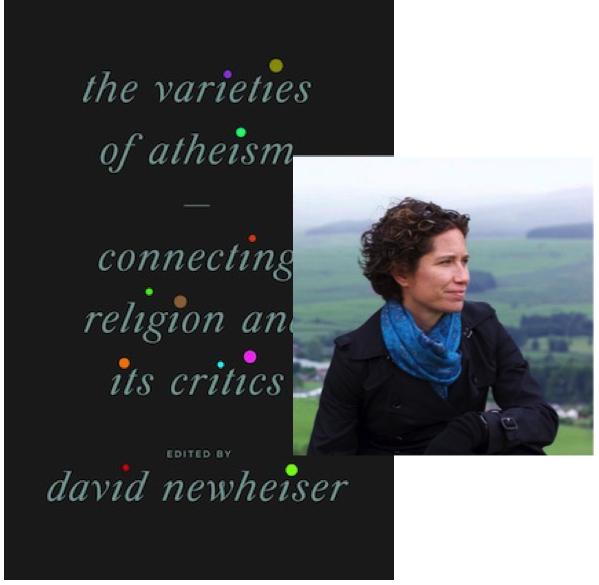
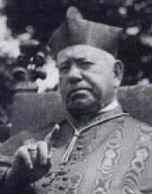

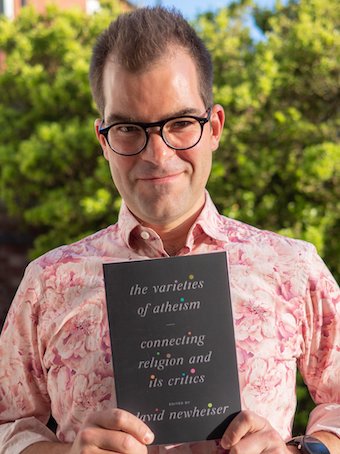
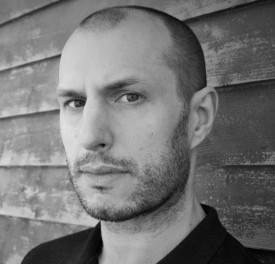
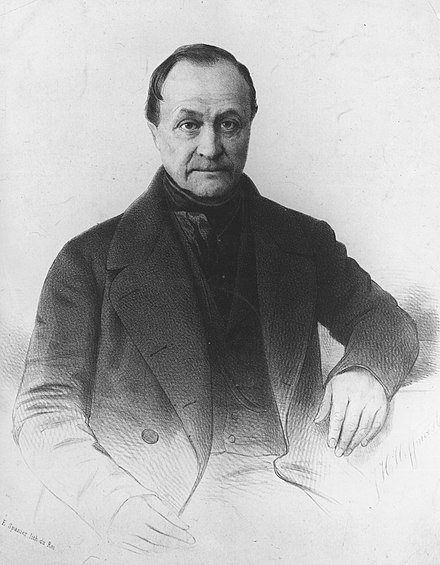
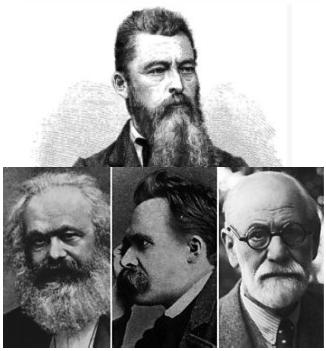

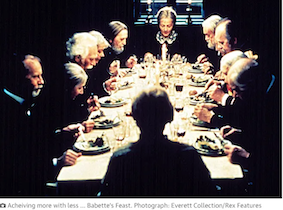
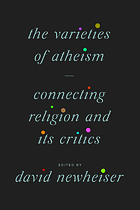
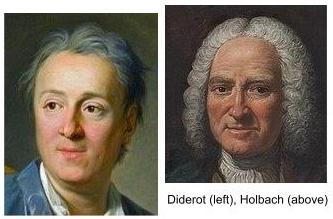
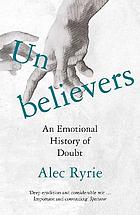
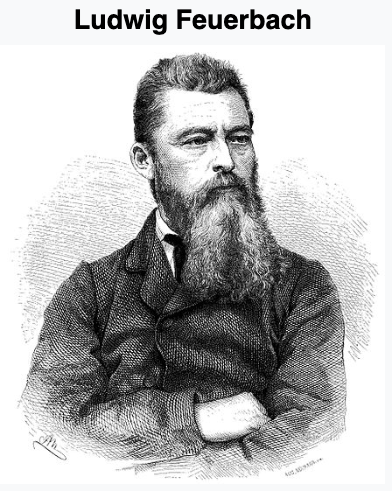
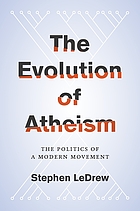
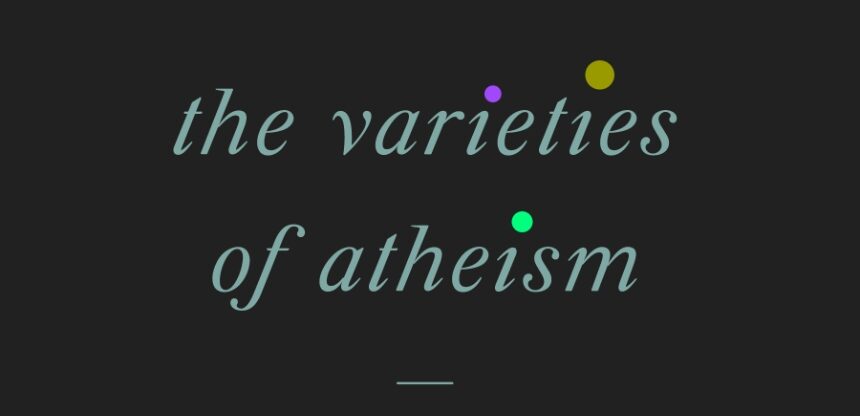
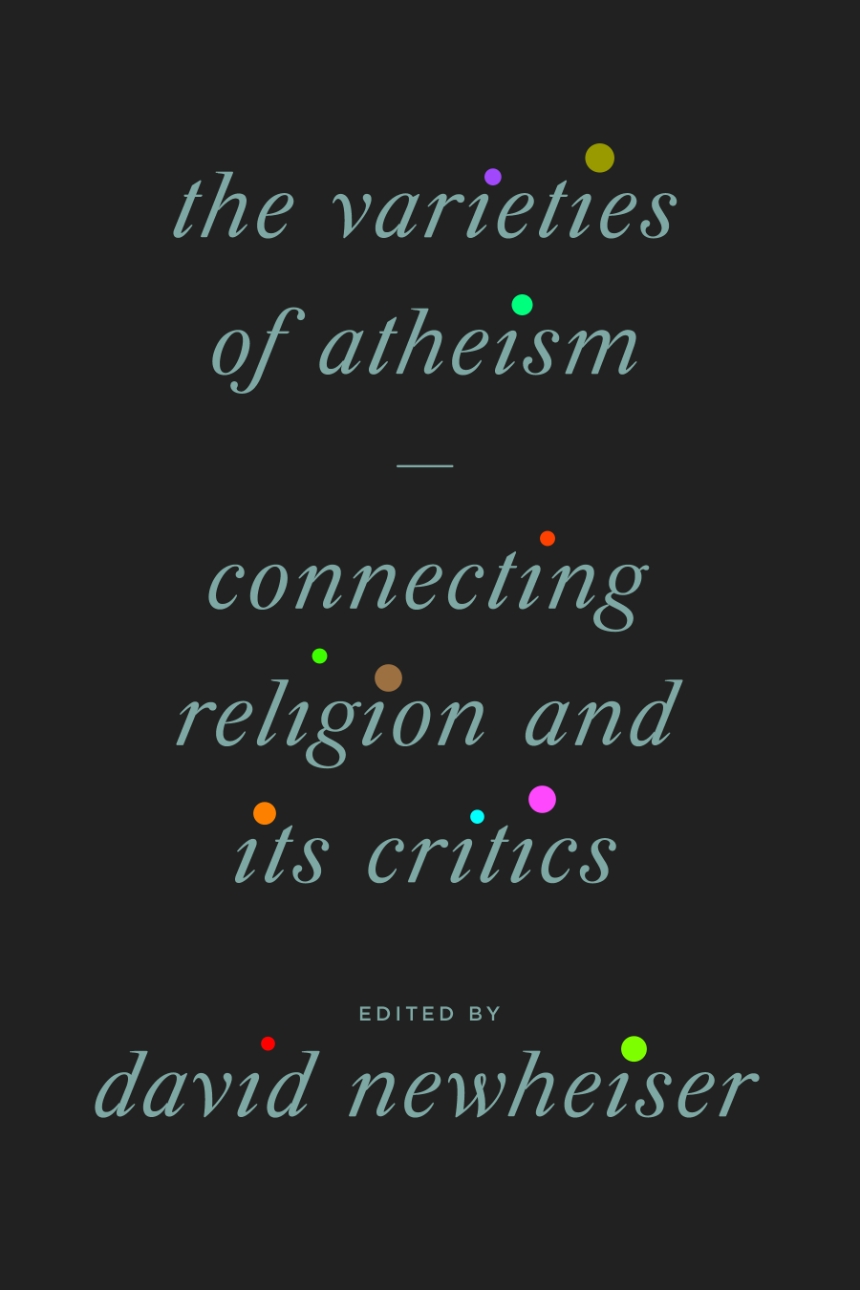





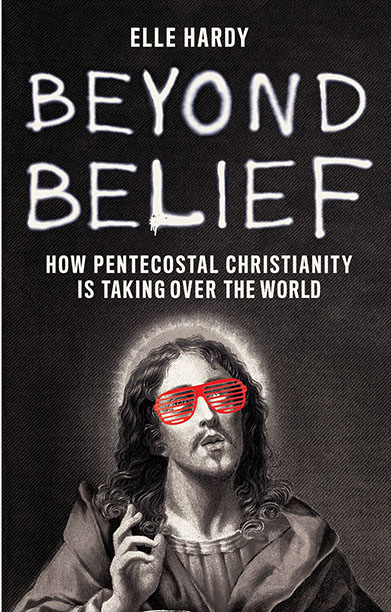

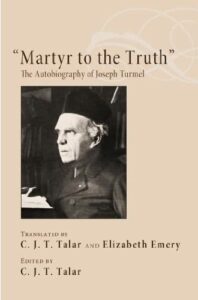


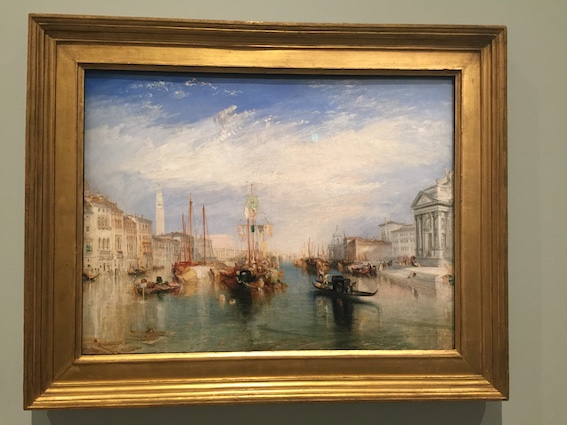
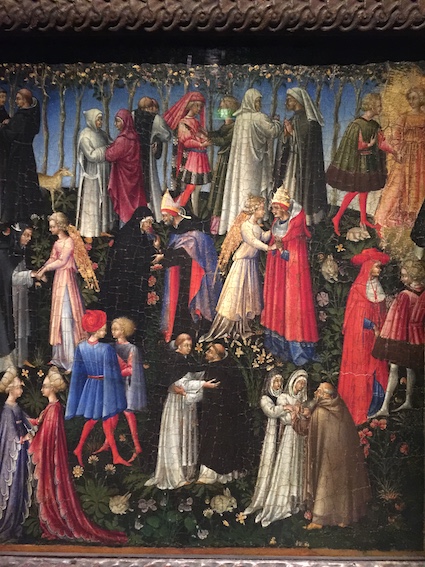 If that’s “Paradise”, I believe Jan Steen from 1670 captured the happiest scene in the exhibition:
If that’s “Paradise”, I believe Jan Steen from 1670 captured the happiest scene in the exhibition: 